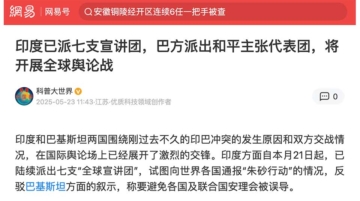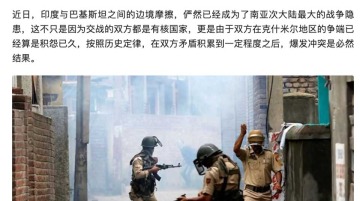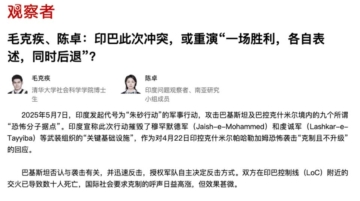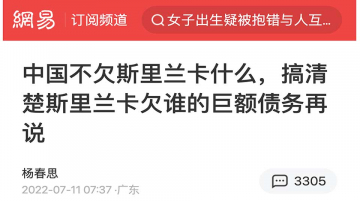
A Chinese international relations student known online as “Li Zishuo in India” has attracted hundreds of thousands of followers on Weibo and Bilibili by sharing his experiences studying at Jawaharlal Nehru University (JNU), one of India’s most politically engaged and left-leaning campuses. His stories offer a rare look into how Indian scholars and students discuss China in the classroom, often in ways that surprise Chinese audiences.
In one viral video titled “Two Years of Studying India’s 36 Strategies Against China,” Li recounts a moment in a South Asian studies class when a professor asked whether India and China are truly neighbors. When Li answered yes, the professor disagreed, saying that from India’s perspective, it is Tibet that borders India, not China.
Tibet, the professor claimed, shares more cultural ground with regions like Nepal and Bhutan, unlike the distant and culturally foreign East Asia. Yet the same professor emphasized that India still officially recognizes China’s sovereignty over Tibet. This sparked a heated classroom debate, with students questioning Nehru’s decision to recognize Chinese control, accusing the former prime minister of being overly idealistic and naïve.
India’s Leftist Lens: Admiring the USSR, Questioning China
Li also describes his experience in an Eurasian studies class focused on the Soviet Union. The professor, representing India’s leftist tradition, respected the Soviet model but dismissed China as a capitalist country pretending to be socialist.
This sentiment reflects a broader view at JNU, where some faculty and students are sympathetic to China not because of shared ideology but because they see China as a counterbalance to India’s current right-wing government. In private, some even jokingly expressed hope that China might “liberate” India by removing corrupt elites in Delhi.
Ironically, Li says he often finds more common ground with right-leaning Indian students. While they criticize their own government for policy failures and missed development opportunities, they tend to share China’s pragmatic view that economic growth should come before sweeping political reforms.
The disagreements between Li and his right-wing classmates tend to focus more on territorial and industrial disputes rather than values. Meanwhile, his conversations with left-wing classmates often break down over their rejection of China’s path toward socialism through wealth accumulation.
Censorship and Sensitivity in the Classroom
Li also reveals how some course content involving China’s military strategy is treated as highly sensitive. In one class, students had to surrender their phones because he had previously shared a lecture slide about Chinese border deployments and island construction in the South China Sea. Some university departments are even researching potential India–Taiwan joint defense strategies and how to protect struggling democracies in the region.
He also explains that while India’s participation in groups like BRICS or the Shanghai Cooperation Organization may appear cooperative, many Indian academics see it as a strategic move to block or dilute proposals seen as favoring China.
Why Is This Important?
Li Zishuo’s reporting sheds light on a side of India that Chinese audiences rarely see. As geopolitical tensions rise, many Chinese are becoming more curious about how India understands and talks about China beyond official diplomacy. His stories also reveal an important nuance that India’s left and right engage with China in very different ways.
The left may admire China’s resistance to Western influence but reject its current economic path, while the right may criticize China politically but find overlap in development goals. This complexity shows that India’s view of China is not just oppositional but deeply fragmented and often self-reflective. Understanding these dynamics could be key to improving communication between Asia’s two largest powers.






